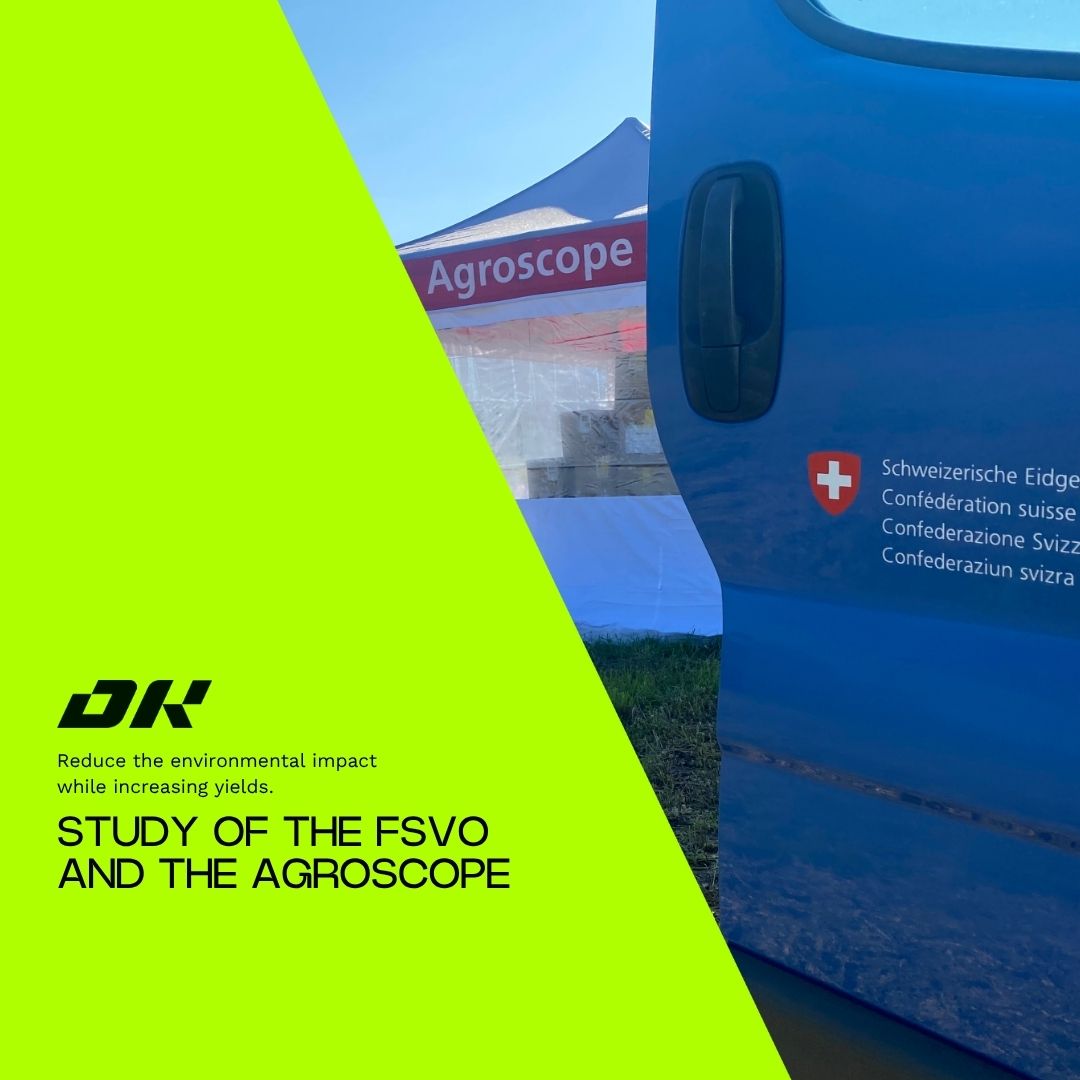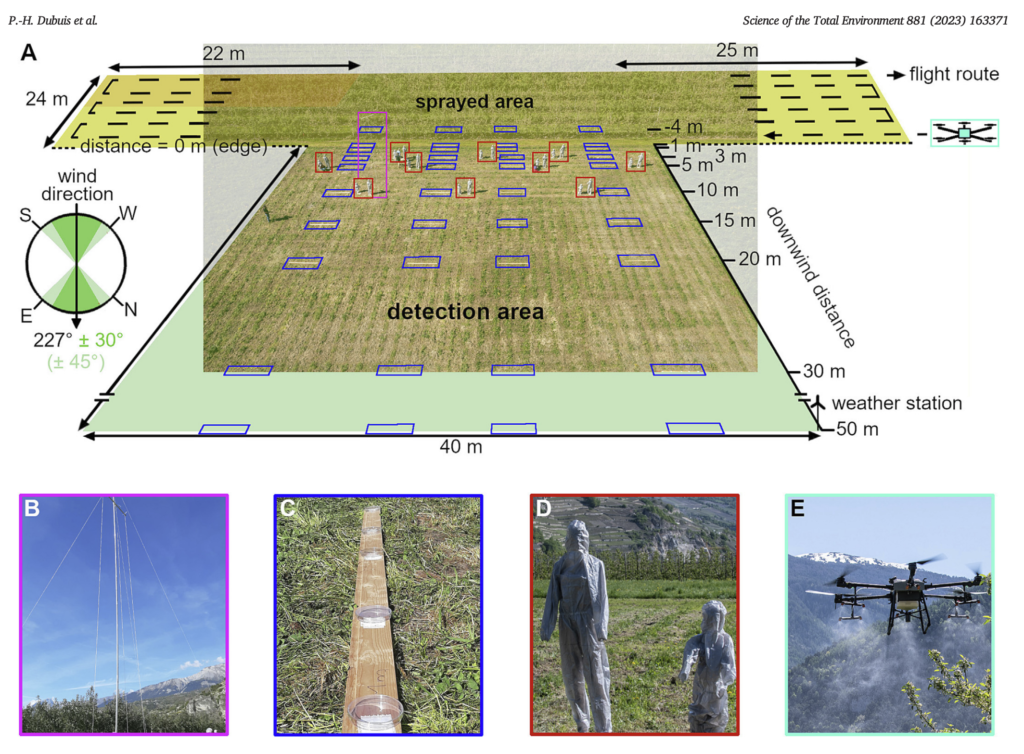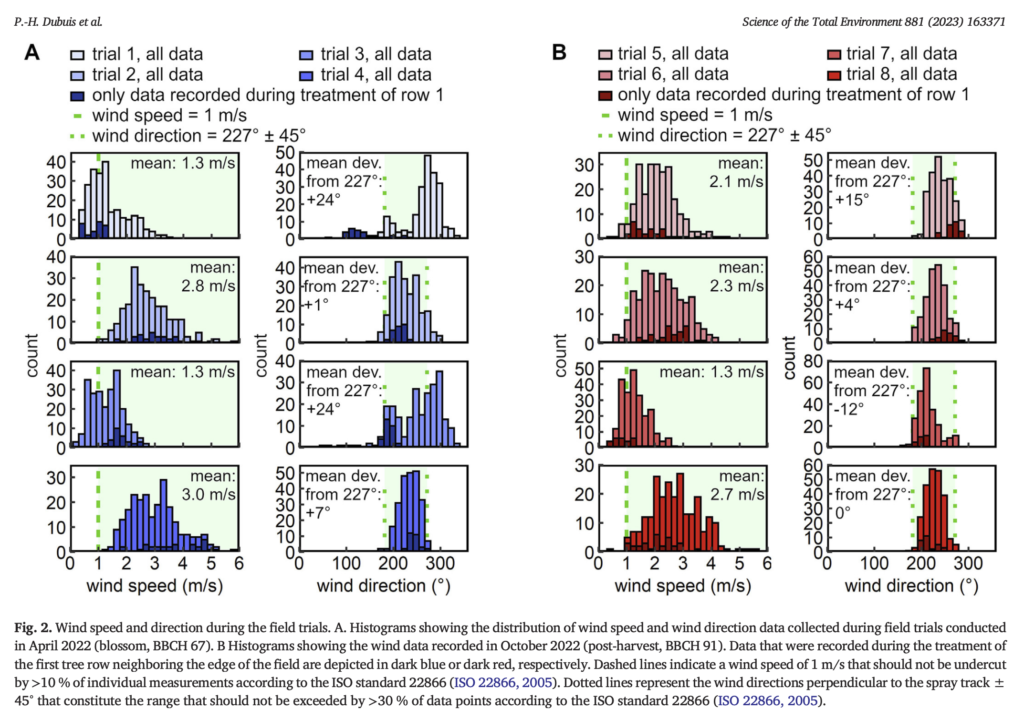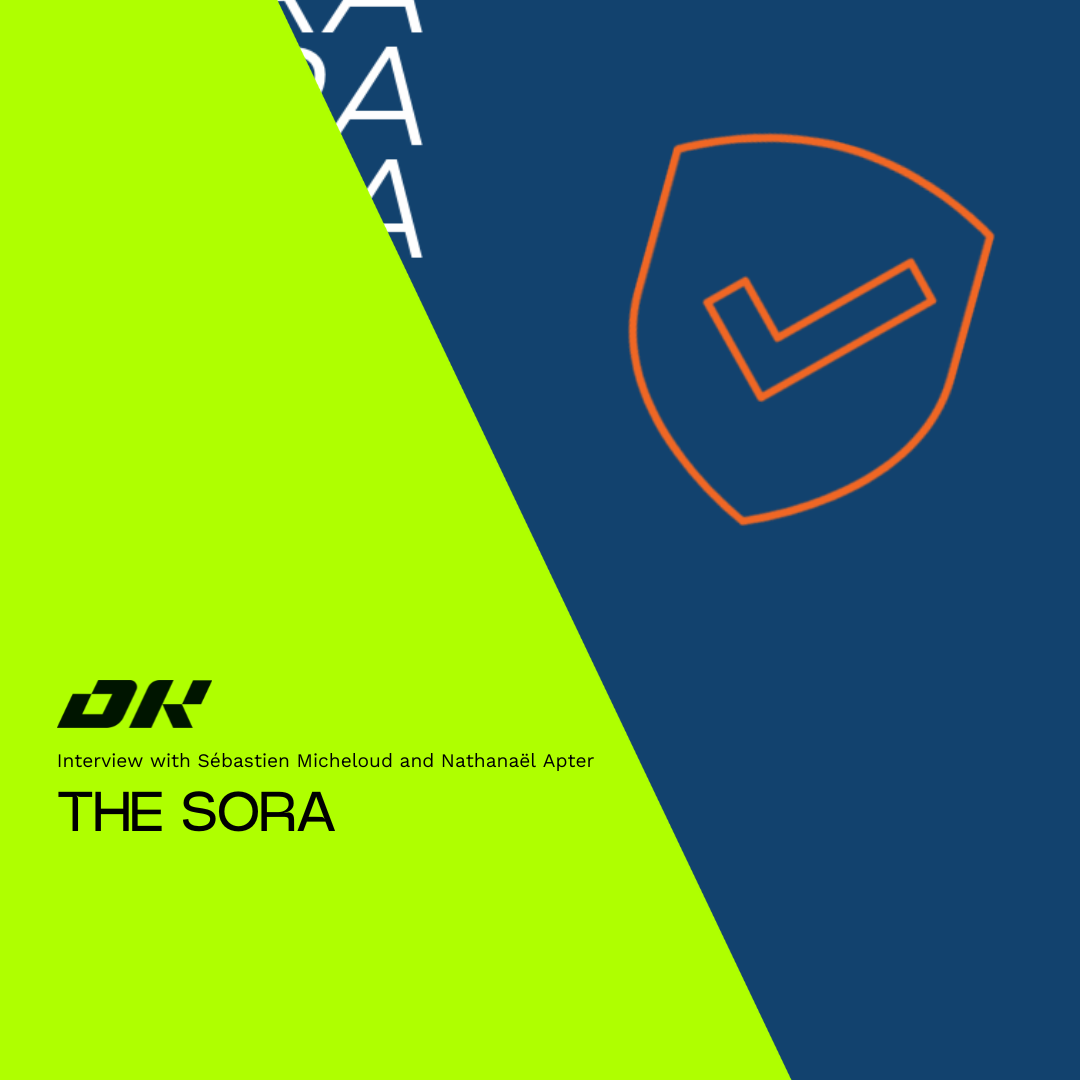Drones and agriculture: Reducing environmental impact while increasing yields

In a world where environmental challenges and agricultural production needs are increasingly complex, agricultural drones are emerging as a revolutionary solution. These devices make it possible to optimise the effectiveness of treatments while reducing the risks associated with spray drift and exposure to chemicals. But how safe and effective are they?
A scientific study, published on 10 July 2023 in Science of the Total Environment, looks at precisely this issue. By analysing the impact of unmanned aerial spraying systems (drones), this research explores the environmental and human exposure resulting from the use of these technologies. The results are clear: precise management of drones can considerably reduce the impact of spraying on neighbouring areas.
In this article, you can delve into the details of this study, examine the findings on the safety and effectiveness of drones, and discover how these innovations, combined with strict regulation, are transforming modern agriculture to make it more sustainable and environmentally friendly.

The importance of safe and sustainable agricultural spraying with drones
With the rapid evolution of technology, agricultural spraying using drones is becoming an essential solution for more precise and sustainable agriculture. The use of unmanned aerial spraying systems (UASS), which we’ll refer to as ‘drones’ for the remainder of this article, makes it possible to improve spraying efficiency while reducing the risks to the environment and human health. At Digitalroots, we’re at the forefront of this technology and are committed to minimising these risks through innovative and safe solutions.
Agricultural drones: a technological advance that is transforming agriculture
Drone spraying systems, such as those proposed by Digitalroots, enable agricultural surfaces to be covered more quickly and more precisely than traditional methods. According to the study, drones can limit the drift of sprayed products, thereby reducing the impact on local residents and the environment. Thanks to precise control of spraying parameters (speed, height, weather conditions), it is possible to obtain optimum results, even in areas that are difficult to access.
A concrete example of the positive impact of drones on agricultural work is the testimony of Gaëtan Bender, a winegrower who used this technology for two seasons at the Cave des Vignerons. His feedback shows how the adoption of drones has streamlined vineyard management while increasing the precision of treatments. Not only has this technology enabled him to improve efficiency, it has also reduced his environmental footprint.
Read Gaëtan Bender’s full testimonial here.
Safety and regulation: towards responsible farming
One of the main concerns surrounding the use of drones is pesticide spray drift, which could expose people to unnecessary risks. The study published on 10 July 2023 highlights the importance of properly controlling spraying conditions, including wind speed, flight height and distance from residential areas. At Digitalroots, we go beyond the recommendations of the authorities in terms of safety and respect for the environment. Our solutions comply with European and North American standards, ensuring the safe use of drones to protect both farmers and nearby residents.
The study mentions the importance of the ISO 22866 standard, which governs spray drift measurement procedures, as well as the recommendations of agencies such as EFSA (European Food Safety Authority). These standards play a crucial role in the development of our solutions, enabling us to ensure the best possible protection for the environment and local communities.
We invite you to get in touch with us to discuss the challenges specific to your farming needs and find out how our solutions can meet your expectations.
Data to improve sustainability and performance
The study also shows the importance of collecting reliable spray drift data to evaluate and continually improve our systems. Table 2 from the study, which summarises drift deposition levels at different distances from the treated field, could be incorporated here to show the reduced extent of drift observed at a distance of 5 metres. These results confirm that the majority of deposition occurs close to the sprayed area, which is crucial for limiting environmental impacts.

At Digitalroots, we use this data to optimise each treatment. Our drones enable more targeted application of crop protection products, reducing the quantities needed and limiting the environmental footprint. This means not only better crop protection, but also less impact on local ecosystems.
Comprehensive support for innovative agriculture
In addition to simply supplying drones, Digitalroots is committed to supporting its customers at every stage, from training in the use of these technologies to regular maintenance of the devices. The study highlights the need to improve knowledge of these technologies in order to maximise their benefits. That’s why we also offer regulatory advice and full technical support, ensuring that every farmer can make the most of our innovative solutions.
We are proud to comply with the strict regulations put in place in the European Union and North America to ensure the safety of users and surrounding communities. This includes compliance with ISO standards for reducing the risk of spray drift.
Conclusion: safer, more sustainable farming with drones
Agriculture is changing, and drones represent the future of intelligent farming practices. At Digitalroots, we integrate the latest scientific and technological discoveries to offer solutions that improve yields while reducing risks to the environment and public health. This study on pesticide exposure via drones underlines the importance of a rigorous and responsible approach, values that we embody on a daily basis.
Contact us to discuss your farming challenges and find out how our solutions can help you.












